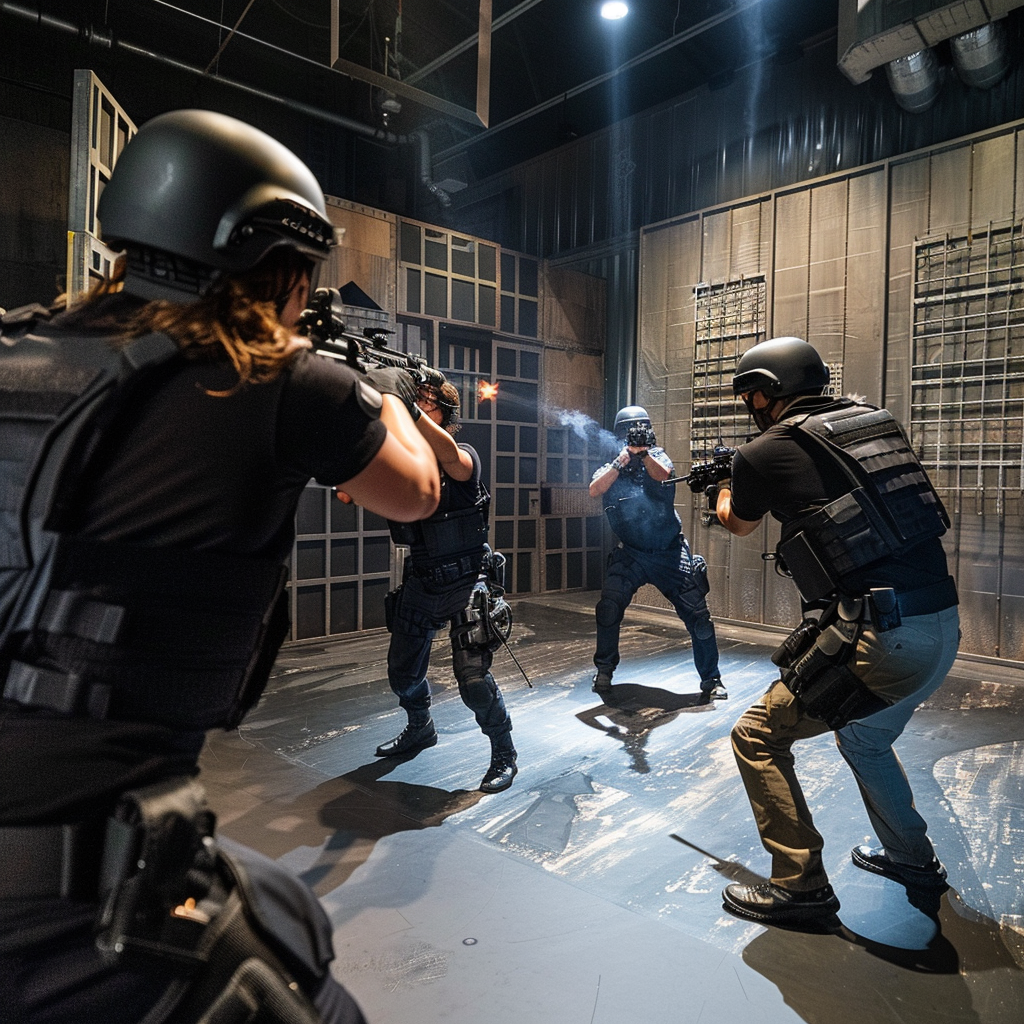Using a firearm in a hostile situation without proper training and decision-making skills can lead to catastrophic consequences. The stress and chaos of such encounters can cloud judgment, increasing the risk of harming innocent bystanders, escalating violence, or facing severe legal repercussions. The lack of preparation can turn a defensive act into a tragic mistake, leaving emotional and psychological scars. To avoid these dangers, it is crucial to understand the gravity of using a firearm and the responsibility it entails. Carefully review the questions below to assess your readiness and identify areas where further training is essential to ensure you can make the right decisions when it matters most.

Participants face off against other trainees or instructors who act as adversaries, providing a dynamic and unpredictable environment.
The training aims to inoculate participants against the stress of real confrontations by exposing them to high-pressure situations in a controlled environment.
